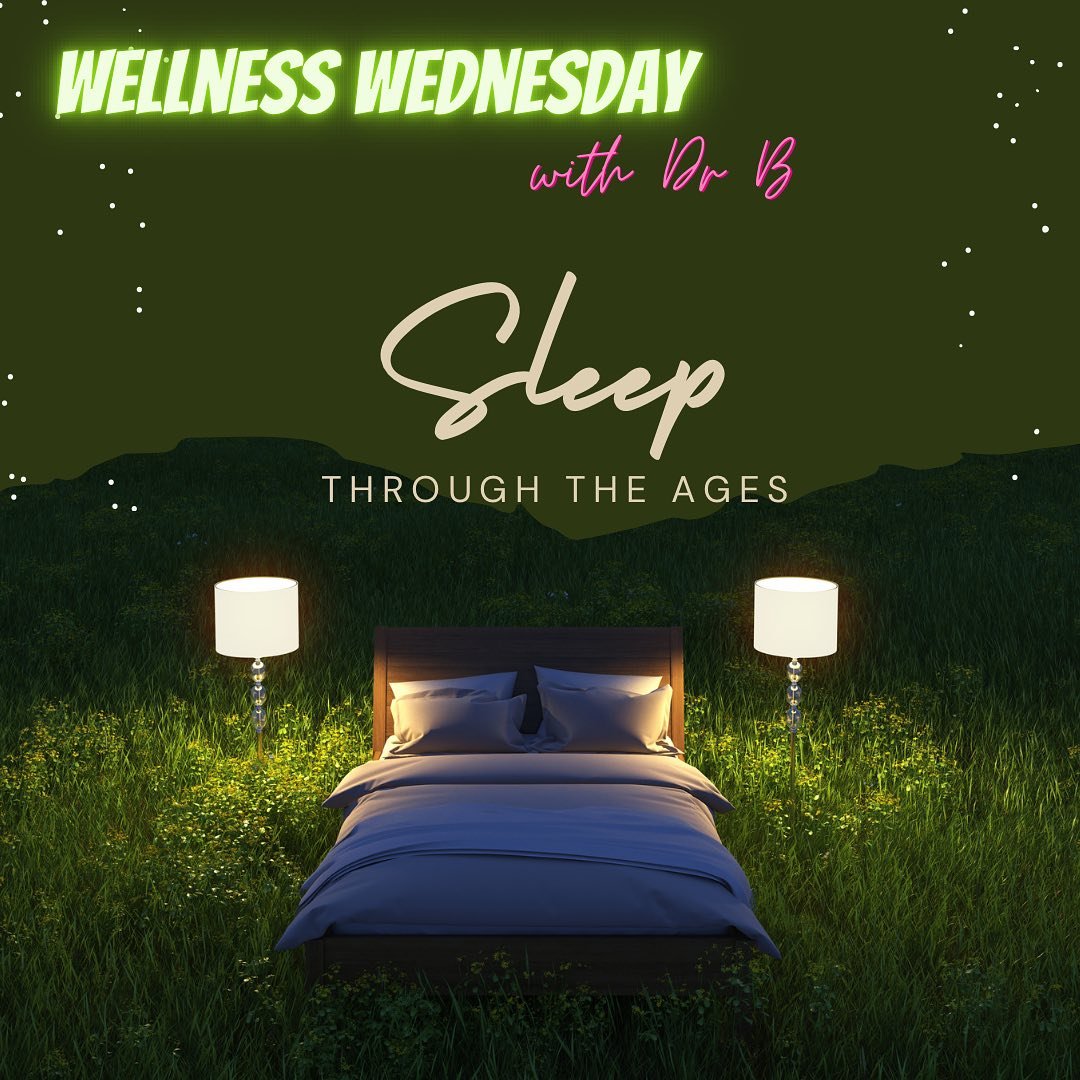UNDERSTANDING SLEEP NEEDS: A LIFELONG JOURNEY
Sleep plays a vital role in our overall well-being, and as we progress through different stages of life, our sleep needs and patterns undergo significant changes. In this blog, we will explore the various stages of life and how sleep is affected during each phase. Additionally, we will discuss common sleep issues that individuals may encounter and provide practical strategies to address them.
Sleep in Early Life: The Foundation of Healthy Sleep Habits
During infancy and childhood, sleep is crucial for growth, development, and cognitive function. Young children require a substantial amount of sleep and often incorporate naps into their daily routines. This extended sleep duration is essential for the formation of healthy sleep habits that can benefit them throughout their lives.
As teenagers enter adolescence, their circadian rhythms undergo a natural shift, leading to a tendency to stay up later. This shift, combined with academic demands and social activities, can result in inadequate sleep. It is important for teenagers to recognize the importance of maintaining a consistent sleep schedule and balancing their commitments to ensure they are getting enough rest.
Adulthood: Hormonal Changes and Sleep Challenges
As we transition into adulthood, hormonal changes can affect sleep patterns. In particular, women may experience disruptions due to hormonal fluctuations during the menstrual cycle, pregnancy, and menopause. Additionally, both men and women may encounter issues such as insomnia and nocturia (frequent nighttime urination) that can interfere with sleep quality.
Addressing Sleep Issues: Strategies for Better Sleep
While some sleep issues are a natural part of life, there are several strategies individuals can employ to improve their sleep quality and overcome common challenges. One of the most effective approaches is practicing good sleep hygiene. Here are some key recommendations:
Maintain a Regular Sleep Schedule: Establishing consistent sleep and wake times helps regulate the body's internal clock, promoting better sleep.
Limit Electronic Media: Avoiding electronic devices for about an hour before bedtime can minimize exposure to blue light, which can interfere with the production of melatonin, a hormone that regulates sleep.
Incorporate Regular Exercise: Engaging in regular physical activity is beneficial for overall health and can contribute to better sleep. However, it is advisable to avoid vigorous exercise close to bedtime as it may increase body temperature, making it harder to fall asleep.
Curb Consumption of Stimulants: Limit caffeine and alcohol intake, particularly in the evening. These substances can disrupt sleep patterns and reduce sleep quality.
Manage Nocturia: If waking up to use the bathroom is a frequent issue, it can be helpful to limit fluid intake in the evening, especially closer to bedtime. Consulting a healthcare professional is advisable for persistent nocturia problems.
Try Relaxation Techniques: Incorporating relaxation techniques such as meditation before bedtime can help calm the mind and prepare the body for sleep. Practicing meditation during the day can also contribute to better sleep onset at night.
Seek Professional Help: If sleep hygiene strategies do not improve your sleep quality or if you are experiencing chronic sleep issues, it is important to consult a healthcare provider. They can assess your situation, identify underlying causes, and provide appropriate guidance or treatment options.
Our Relationship with Sleep is Life Long
Our sleep needs evolve throughout our lives, and understanding these changes can empower us to prioritize our sleep health. By adopting good sleep hygiene practices and addressing specific challenges that arise during each stage, we can cultivate healthy sleep habits that promote overall well-being. Remember, quality sleep is not a luxury; it is an essential component of a healthy and fulfilling life.

